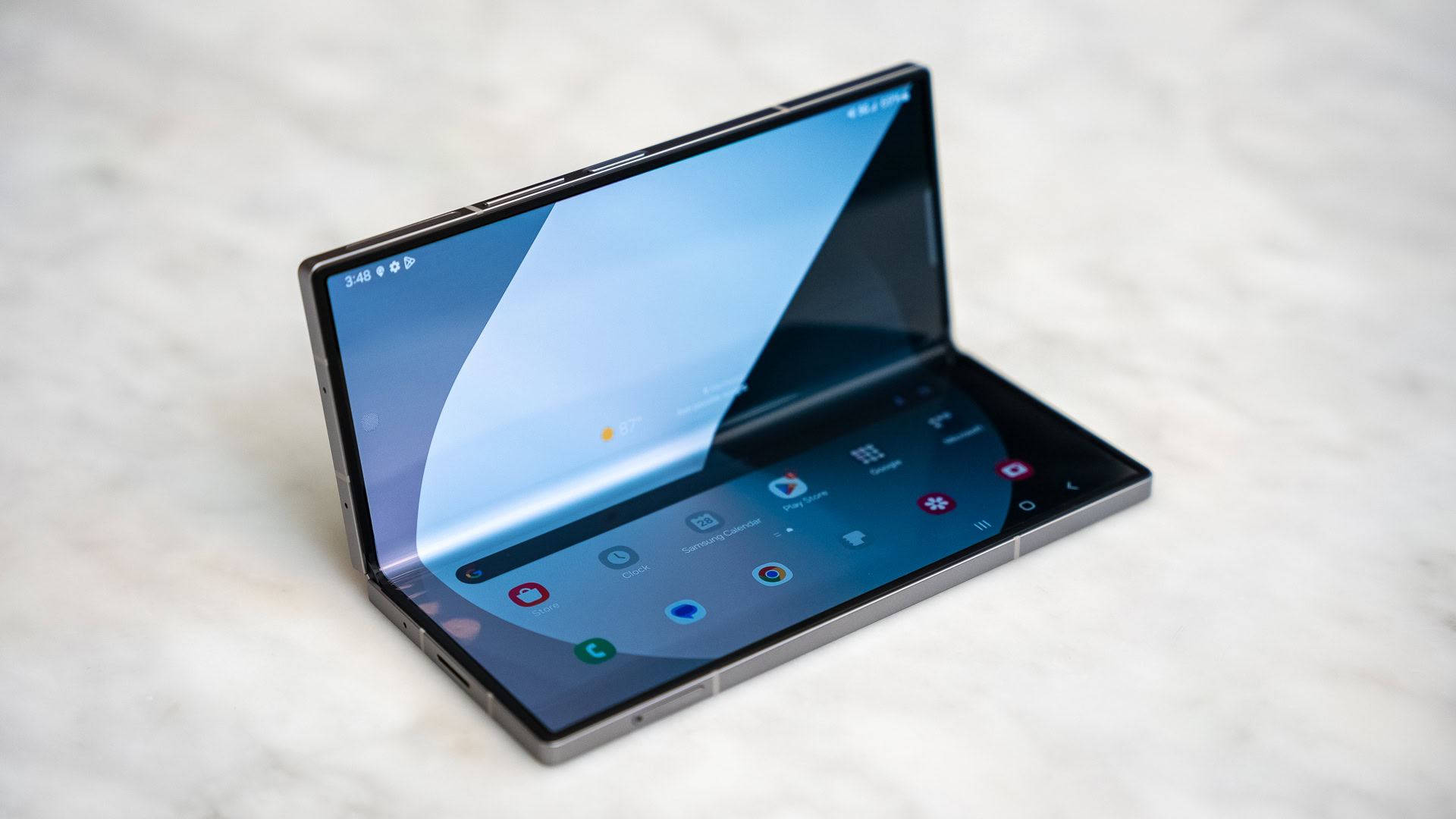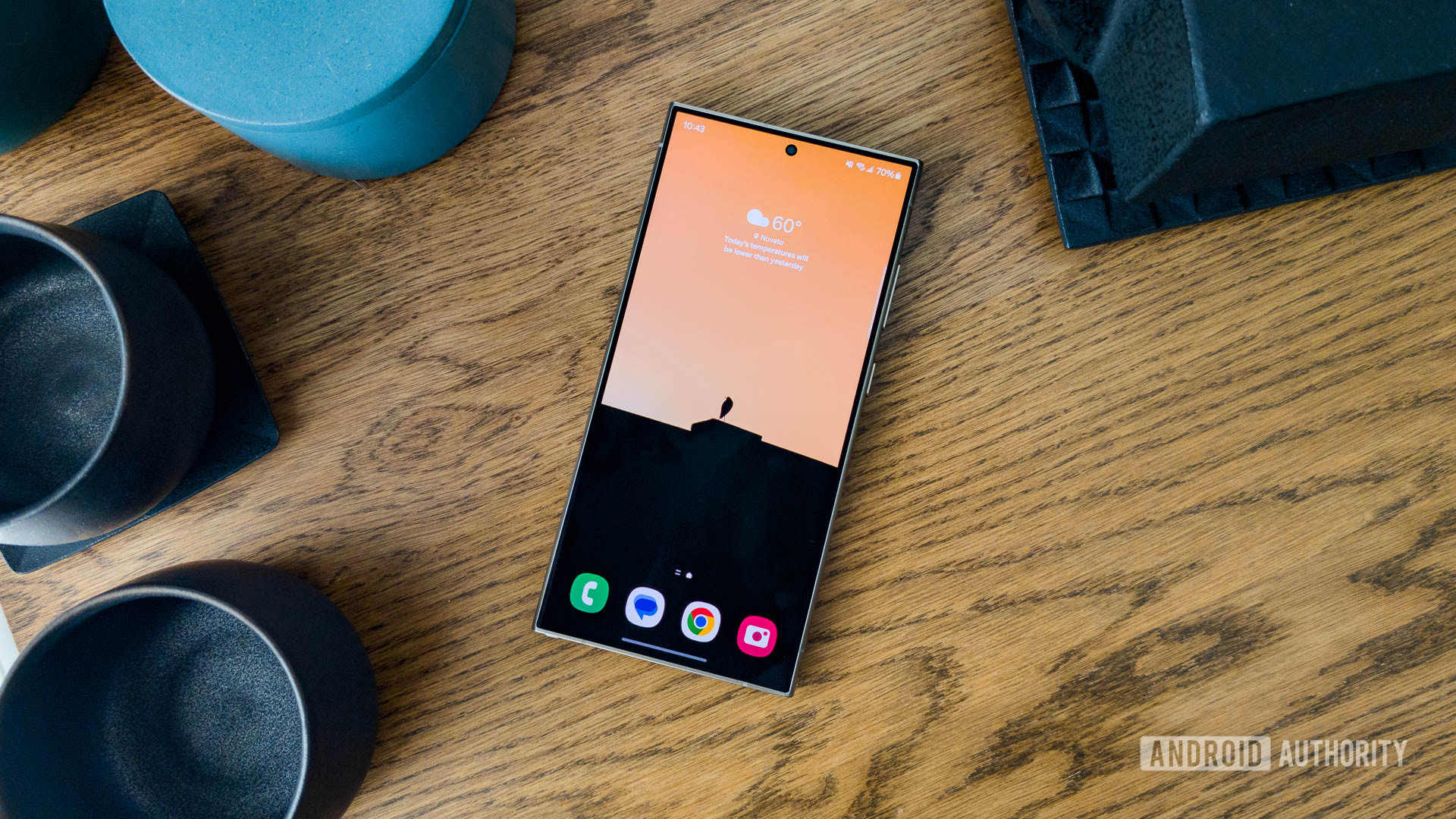The Essential Guide to Interior Signs: Enhance Your Business Environment

In the competitive business world, interior signs play a crucial role in creating a welcoming, professional, and informative environment. These signs are not just about aesthetics; they serve functional purposes that can significantly enhance the customer experience and streamline business operations. In this comprehensive guide, we'll explore the importance of interior signs, the various types available, design considerations, and the role they play in a business setting.
The Importance of Interior Signs
Interior signs serve multiple essential functions:
-
Wayfinding: They help customers and visitors navigate your space efficiently. Clear signage reduces confusion and enhances the overall experience.
-
Brand Identity: Interior signs reflect your brand’s identity and values. Consistent branding throughout your space reinforces brand recognition and loyalty.
-
Information: They provide essential information such as directions, room names, safety instructions, and promotional messages. This helps customers find what they need quickly and easily.
Interior signs contribute to the overall atmosphere of your business. A well-designed sign can make a space feel more professional, welcoming, and organized.
Types of Interior Signs
Choosing the right type of interior sign depends on your business needs, the layout of your space, and your design preferences. Here are some popular options:
-
Wayfinding Signs: These signs guide customers and visitors through your space. Examples include directional signs, floor directories, and room identifiers. They are crucial for large buildings like hospitals, malls, and corporate offices.
-
Lobby Signs: These signs are typically placed in the reception area to welcome visitors and create a strong first impression. They often feature the company’s logo and name, reinforcing brand identity.
-
ADA Signs: These signs comply with the Americans with Disabilities Act (ADA) and ensure that your business is accessible to everyone. They include braille and tactile lettering for visually impaired individuals.
-
Wall Graphics: Vinyl decals and wall graphics can be used to create engaging and informative displays. They are perfect for showcasing your brand’s history, mission, or inspirational quotes.
-
Menu Boards: Commonly used in restaurants and cafes, menu boards display the available food and drink options. They can be digital or static and are often designed to be easily updated.
-
Safety and Compliance Signs: These signs provide essential safety information, such as fire exits, emergency procedures, and hazard warnings. They help ensure the safety of employees and visitors.
-
Promotional Signs: These signs highlight special offers, new products, or upcoming events. They are often placed in high-traffic areas to capture attention.
Designing Effective Interior Signs
To maximize the impact of your interior signs, consider the following design tips:
-
Clarity: Ensure that your signs are easy to read and understand. Use clear fonts, simple graphics, and concise language. Avoid clutter and focus on delivering the key message.
-
Consistency: Maintain a consistent design theme throughout your space. Use the same colors, fonts, and branding elements on all your signs to create a cohesive look.
-
Visibility: Place your signs at eye level and in well-lit areas to ensure they are easily seen. Consider the viewing distance and angle when designing the size and layout of your signs.
-
Material Choice: Select materials that complement your interior decor and are durable enough to withstand daily use. Common materials include acrylic, metal, wood, and vinyl.
-
Interactive Elements: Consider incorporating interactive elements such as QR codes or touchscreens. These can provide additional information or engage customers in a unique way.
The Role of Color and Branding
Color plays a significant role in the effectiveness of interior signs. It not only enhances visibility but also conveys emotions and associations. For example, blue is often associated with trust and professionalism, while green can evoke feelings of calm and eco-friendliness. When choosing colors for your signs, consider your brand’s color palette and the message you want to convey.
Branding is another crucial aspect. Your interior signs should align with your overall brand identity. This includes using consistent colors, fonts, and logos. Consistency helps reinforce brand recognition and builds trust with your customers. A well-branded sign can make your business more memorable and distinguish you from competitors.
Compliance and ADA Requirements
Ensuring compliance with regulations and standards is essential when designing interior signs. The ADA sets guidelines for accessibility, requiring certain signs to include braille and tactile lettering. These guidelines cover various aspects, including the size, contrast, and placement of signs.
Some common ADA requirements include:
-
Raised Characters: Text must be raised by at least 1/32 inch from the background.
-
Braille: Signs must include Grade 2 Braille for visually impaired individuals.
-
Contrast: There must be a high contrast between the text and background to ensure readability.
-
Mounting Height: Signs must be mounted at a specific height, usually between 48 and 60 inches from the ground.
Failing to adhere to these regulations can result in fines and legal consequences. It's essential to work with a reputable sign company that understands these guidelines and can assist with compliance.
Installation and Maintenance
Once you have designed your interior signs and ensured compliance, the next step is installation. Proper installation is critical to ensure that your signs are secure and function as intended. Hiring a professional sign installer will ensure that the signs are mounted correctly and safely.
Maintenance is also important to keep your signs looking their best. Regular cleaning and inspections can help identify any issues, such as wear and tear or damage, that need to be addressed. A well-maintained sign will continue to attract customers and represent your brand positively.
Leveraging Technology for Interior Signs
Advancements in technology have revolutionized the sign-making industry. Digital signage, in particular, has become increasingly popular. These signs use LED or LCD screens to display dynamic content, such as videos, animations, and real-time updates. Digital signs offer several advantages:
-
Versatility: Content can be easily updated to reflect new promotions, events, or changes in business hours.
-
Engagement: Dynamic content is more likely to capture the attention of passersby and engage customers.
-
Customization: Digital signs can be tailored to display content specific to different times of the day or target audience segments.
In addition to digital signage, technology has also improved the durability and design capabilities of traditional signs. For example, CNC routing and laser cutting allow for precise and intricate designs, while UV-resistant coatings ensure that signs maintain their appearance despite exposure to sunlight.
The Future of Interior Signs
As businesses continue to evolve, the demand for innovative and eye-catching interior signs will only increase. Businesses that invest in high-quality, well-designed signs will be better positioned to attract customers and stand out in a crowded market. The integration of technology and sustainable materials will also play a significant role in the future of interior signs, offering new opportunities for creativity and functionality.
Conclusion
Interior signs are a vital investment for any business looking to enhance its environment, brand identity, and customer experience. By choosing the right type of sign, focusing on effective design, and adhering to regulations, you can create a compelling presence that attracts customers and drives business success.
Remember, your interior signs are often the first impression customers have of your business environment. Make it count!
What's Your Reaction?
 Like
0
Like
0
 Dislike
0
Dislike
0
 Love
0
Love
0
 Funny
0
Funny
0
 Angry
0
Angry
0
 Sad
0
Sad
0
 Wow
0
Wow
0
























































